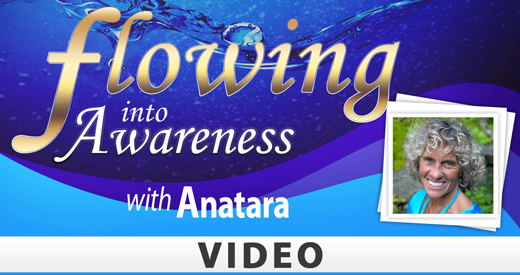Slippery Yoga Mats Getting You Down?
Know your investment. A yoga mat is one of the most important purchases that you will make for your practice. Its main function is to provide an even and cushioned surface to ensure the maximum grip for your hands and feet, and prevent unwanted slips during your sessions. Mats are made of a latex blend, cotton or, more recently, the natural and eco-friendly fiber hemp. Be aware that lesser quality yoga mats are prone to become slippery ones that stretch out sooner than mats of a higher grade.
[tip-fact]Your yoga mat will typically state that it is washable by hand or in a washing machine. However, with lesser grade materials it is likely that a machine wash and dryer heat can actually damage your mat. A better way to remove sweat and dirt from your mat is to use a damp cloth with a mild detergent on a regular basis. In this way, you will be assured that your mat will not lose the density of its material.
[b-quote]Keep your yoga mat covered. When you are shopping for your mat, check out the variety of lightweight yoga mat bags. By taking the time to store your mat in a yoga bag, you are preventing dust and dirt from accumulating. These are also handy for traveling or for attending your local yoga class.
Choose the right mat. Your choice of yoga practice will also require the proper grade of yoga mat. Sometimes, slippery yoga mats are the result of purchasing the wrong mat for your practice. The incorrect usage can create undue wear on the surface and not be the best support for your posture. For example, the highly active Ashtanga yoga, which requires jumps from one pose to another, is best served by a thickly padded mat, while Hatha yoga is about slow and methodical movements, which means a thinner mat can be used.
A yoga mat that is kept in good condition will prove to be the key to an enjoyable practice.




